目录
- 一、github仓库迁移详细步骤
- 方法1:使用Git命令手动迁移
- 方法2:使用GitHub API迁移
- 二、python自动化迁移代码
- 三、高级迁移工具(支持批量操作)
- 四、详细论述:GitHub仓库迁移的最佳实践
- 1. 迁移前的准备工作
- 2. 迁移过程中的关键技术要点
- 3. 迁移后的验证步骤
- 4. 常见问题及解决方案
- 5. 企业级迁移策略
- 五、配置文件和用法示例
- 批量迁移配置文件 (migration_config.csv)
- 环境准备脚本
通过本文提供的详细步骤、Python自动化代码和最佳实践,您可以:
- 安全高效地迁移GitHub仓库,确保完整的历史记录
- 使用自动化脚本减少人工操作错误
- 批量处理多个仓库,提高迁移效率
- 验证迁移结果,确保数据完整性
- 处理各种边缘情况,提供完整的解决方案
记得在实际使用前:
- 在测试环境中验证脚本
- 备份重要数据
- 获取必要的权限和token
- 通知相关团队成员
一、GitHub仓库迁移详细步骤
方法1:使用Git命令手动迁移
步骤1:克隆原始仓库
git clone --mirror https://github.com/username/original-repo.git cd original-repo.git
步骤2:创建新仓库
- 在GitHub上创建新的空仓库
- 获取新仓库的URL
步骤3:推送所有内容到新仓库
git push --mirror https://github.com/username/new-repo.git
步骤4:清理本地文件
cd .. rm -rf original-repo.git
方法2:使用GitHub API迁移
步骤1:获取个人访问令牌
- 在GitHub Settings → Developer settings → Personal Access tokens
- 生成具有repo权限的token
步骤2:使用API创建仓库
curl -H "Authorization: token YOUR_TOKEN" \
-d '{"name":"new-repo", "description":"Migrated repository"}' \
https://api.github.com/user/repos
二、Python自动化迁移代码
import os
import subprocess
import requests
import json
import shutil
from pathlib import Path
class GitHubRepoMigrator:
def __init__(self, github_token, temp_dir="/tmp/git_migration"):
self.github_token = github_token
self.temp_dir = temp_dir
self.headers = {
"Authorization": f"token {github_token}",
"Accept": "application/vnd.github.v3+json"
}
def create_github_repo(self, repo_name, description="", private=False):
"""在GitHub上创建新仓库"""
url = "https://api.github.com/user/repos"
data = {
"name": repo_name,
"description": description,
"private": private,
"auto_init": False
}
www.devze.com
response = requests.post(url, headers=self.headers, data=json.dumps(data))
if response.status_code == 201:
print(f"✅ 成功创建仓库: {repo_name}")
return response.json()["clone_url"]
else:
raise Exception(f"创建仓库失败: {response.json()}")
def clone_repository(self, source_url, local_path):
"""克隆原始仓库(包含所有分支和标签)"""
if os.path.exists(local_path):
shutil.rmtree(local_path)
print(f" 正在克隆仓库: {source_url}")
result = subprocess.run([
"git", "clone", "--mirror", source_url, local_path
], capture_output=True, text=True)
if result.returncode != 0:
raise Exception(f"克隆失败: {result.stderr}")
print("✅ 仓库克隆完成")
def push_to_new_repo(self, local_path, target_url):
"""推送到新仓库"""
os.chdir(local_path)
print(f" 正在推送到新仓库: {target_url}")
# 更新远程URL
subprocess.run(["git", "remote", "set-url", "origin", target_url], check=True)
# 推送所有内容
result = subprocess.run([
"git", "push", "--mirror"
], capture_output=T编程客栈rue, text=True)
if result.returncode != 0:
raise Exception(f"推送失败: {result.stderr}")
print("✅ 推送完成")
def verify_migration(self, original_url, new_url):
"""验证迁移是否成功"""
print(" 验证迁移结果...")
# 临时克隆新仓库进行验证
verify_path = f"{self.temp_dir}/verify"
if os.path.exists(verify_path):
shutil.rmtree(verify_path)
# 克隆新仓库
subprocess.run(["git", "clone", new_url, verify_path],
capture_output=True, check=True)
os.chdir(verify_path)
# 检查分支数量
branches_result = subprocess.run([
"git", "branch", "-r"
], capture_output=True, text=True)
branches = [b.strip() for b in branches_result.stdout.split('\n') if b.strip()]
print(f" 分支数量: {len(branches)}")
# 检查标签数量
tags_result = subprocess.run([
"git", "tag"
], capture_output=True, text=True)
tags = [t.strip() for t in tags_result.stdout.split('\n') if t.strip()]
print(f"️ 标签数量: {len(tags)}")
# 检查提交历史
log_result = subprocess.run([
"git", "log", "--oneline", "-5"
], capture_output=True, text=True)
print(" 最近5次提交:")
print(log_result.stdout)
shutil.rmtree(verify_path)
def migrate_repository(self, source_url, new_repo_name, description="", private=False):
"""执行完整的仓库迁移流程"""
try:
print(f" 开始迁移仓库: {source_url} -> {new_repo_name}")
# 创建本地临时目录
local_path = f"{self.temp_dir}/{new_repo_name}.git"
os.makedirs(self.temp_dir, exist_ok=True)
# 步骤1: 在GitHub上创建新仓库
new_repo_url = self.create_github_repo(new_repo_name, description, private)
# 步骤2: 克隆原始仓库
self.clone_repository(source_url, local_path)
# 步骤3: 推送到新仓库
self.push_to_new_repo(local_path, new_repo_url)
# 步骤4: 验证迁移
self.verify_migration(soupythonrce_url, new_repo_url)
# 清理
shutil.rmtree(local_path)
print(f" 迁移完成! 新仓库URL: {new_repo_url}")
return new_repo_url
except Exception as e:
print(f"❌ 迁移失败: {e}")
# 清理临时文件
if os.path.exists(self.temp_dir):
shutil.rmtree(self.temp_dir)
raise e
def main():
# 配置信息
GITHUB_TOKEN = "your_github_token_here" # 替换为你的GitHub token
SOURCE_REPO_URL = "https://github.com/username/original-repo.git" # 原始仓库URL
NEW_REPO_NAME = "new-repository-name" # 新仓库名称
DESCRIPTION = "Migrated repository with full history" # 仓库描述
IS_PRIVATE = False # 是否私有仓库
# 创建迁移器实例
migrator = GitHubRepoMigrator(GITHUB_TOKEN)
# 执行迁移
try:
new_repo_url = migrator.migrate_repository(
SOURCE_REPO_URL,
NEW_REPO_NAME,
DESCRIPTION,
IS_PRIVATE
)
print(f"\n 迁移总结:")
print(f" 原始仓库: {SOURCE_REPO_URL}")
print(f" 新仓库: {new_repo_url}")
print(f" 状态: ✅ 成功")
except Exception as e:
print(f" 状态: ❌ 失败 - {e}")
if __name__ == "__main__":
main()
三、高级迁移工具(支持批量操作)
import csv
import time
from datetime import datetime
class BATchGitHubMigrator:
def __init__(self, github_token, config_file="migration_config.csv"):
self.migrator = GitHubRepoMigrator(github_token)
self.config_file = config_file
def read_migration_config(self):
"""读取迁移配置文件"""
migrations = []
with open(self.config_file, 'r', encoding='utf-8') as file:
reader = csv.DictReader(file)
for row in reader:
migrations.append(row)
return migrations
def batch_migrate(self):
编程"""批量迁移仓库"""
migrations = self.read_migration_config()
results = []
print(f" 开始批量迁移 {len(migrations)} 个仓库")
for i, config in enumerate(migrations, 1):
print(f"\n--- 处理第 {i}/{len(migrations)} 个仓库 ---")
try:
start_time = datetime.now()
new_url = self.migrator.migrate_repository(
config['source_url'],
config['new_name'],
config.get('description', ''),
config.get('private', 'false').lower() == 'true'
)
end_time = datetime.now()
duration = (end_time - stahttp://www.devze.comrt_time).total_seconds()
results.append({
'source': config['source_url'],
'new_repo': new_url,
'status': 'success',
'duration': duration
})
print(f"✅ 完成 ({duration:.1f}秒)")
except Exception as e:
results.append({
'source': config['source_url'],
'new_repo': '',
'status': f'failed: {str(e)}',
'duration': 0
})
print(f"❌ 失败: {e}")
# 添加延迟避免API限制
time.sleep(2)
self.generate_report(results)
return results
def generate_report(self, results):
"""生成迁移报告"""
report_file = f"migration_report_{datetime.now().strftime('%Y%m%d_%H%M%S')}.csv"
with open(report_file, 'w', newline='', encoding='utf-8') as file:
writer = csv.writer(file)
writer.writerow(['源仓库', '新仓库', '状态', '耗时(秒)'])
for result in results:
writer.writerow([
result['source'],
result['new_repo'],
result['status'],
result['duration']
])
print(f"\n 迁移报告已生成: {report_file}")
# 统计信息
success_count = sum(1 for r in results if r['status'] == 'success')
print(f" 统计: 成功 {success_count}/{len(results)}")
# 使用示例
def batch_migration_example():
migrator = BatchGitHubMigrator("your_github_token_here")
migrator.batch_migrate()
四、详细论述:GitHub仓库迁移的最佳实践
1. 迁移前的准备工作
风险评估
- 评估依赖关系:检查是否有其他项目依赖此仓库
- 通知团队成员:确保所有相关人员了解迁移计划
- 备份原始仓库:在迁移前创建完整的备份
技术准备
- 确保Git版本在2.0以上以获得最佳性能
- 准备足够的磁盘空间存储镜像仓库
- 获取足够的API调用配额
2. 迁移过程中的关键技术要点
使用--mirror参数的重要性
# 正确的方式 - 包含所有内容 git clone --mirror original-repo.git # 错误的方式 - 可能丢失信息 git clone original-repo.git
--mirror参数确保:
- 所有分支(包括远程跟踪分支)
- 所有标签
- 所有提交历史
- Git配置和钩子
- 引用和reflog历史
3. 迁移后的验证步骤
完整性检查清单
- 分支验证:比较新旧仓库的分支数量
- 标签验证:确认所有标签都已迁移
- 提交验证:检查关键提交的SHA值是否一致
- 大文件验证:如果使用Git LFS,验证大文件
- 工作流验证:检查GitHub Actions工作流
4. 常见问题及解决方案
问题1:认证失败
# 解决方案:使用正确的认证方式
headers = {
"Authorization": f"token {token}",
# 或者使用 Basic Auth
# "Authorization": "Basic " + base64.b64encode(f"username:{token}".encode()).decode()
}
问题2:网络超时
# 解决方案:添加重试机制
import requests
from requests.adapters import HTTPAdapter
from requests.packages.urllib3.util.retry import Retry
session = requests.Session()
retry_strategy = Retry(
total=3,
backoff_factor=1,
status_forcelist=[429, 500, 502, 503, 504],
)
session.mount("https://", HTTPAdapter(max_retries=retry_strategy))
5. 企业级迁移策略
分阶段迁移
- 测试阶段:迁移非关键仓库进行测试
- 并行运行:新旧仓库并行运行一段时间
- 全面切换:确认无误后全面切换到新仓库
监控和回滚
- 设置监控检查迁移状态
- 准备回滚计划应对意外情况
- 记录迁移过程中的所有操作
五、配置文件和用法示例
批量迁移配置文件 (migration_config.csv)
source_url,new_name,description,private
https://github.com/org/old-repo1.git,new-repo1,Migrated repository 1,truehttps://github.com/org/old-repo2.git,new-repo2,Migrated repository 2,falsehttps://github.com/org/old-repo3.git,new-repo3,Migrated repository 3,true
环境准备脚本
#!/bin/bash # setup_migration.sh # 安装必要的依赖 pip install requests # 设置Git配置 git config --global user.name "Migration Bot" git config --global user.email "bot@company.com" # 创建迁移目录 mkdir -p /tmp/git_migration echo "环境准备完成"
以上就是Python实现自动化迁移Github仓库并保留所有历史记录的详细内容,更多关于Python自动化迁移Github仓库的资料请关注编程客栈(www.devze.com)其它相关文章!
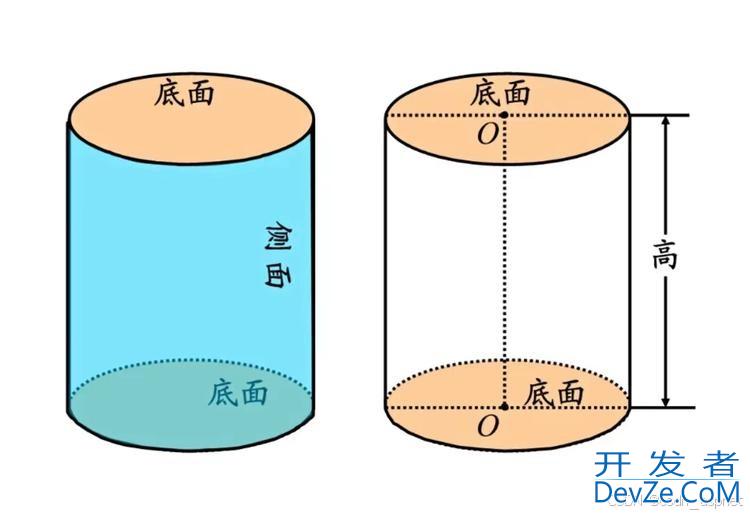
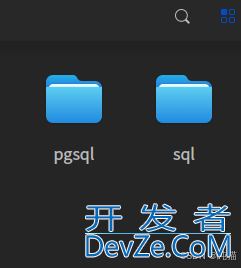
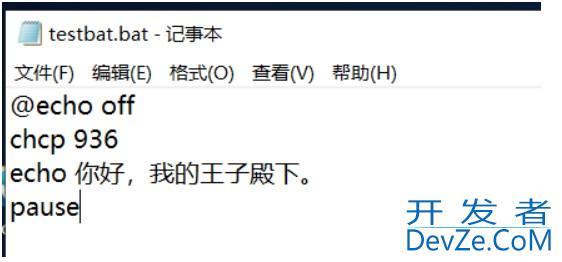
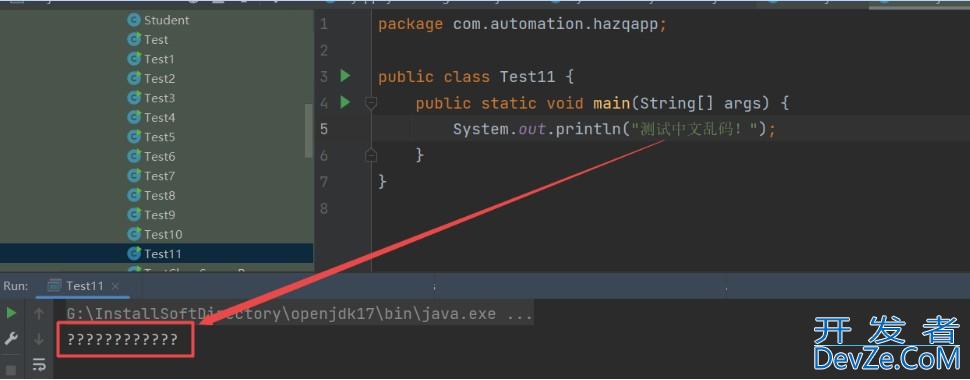
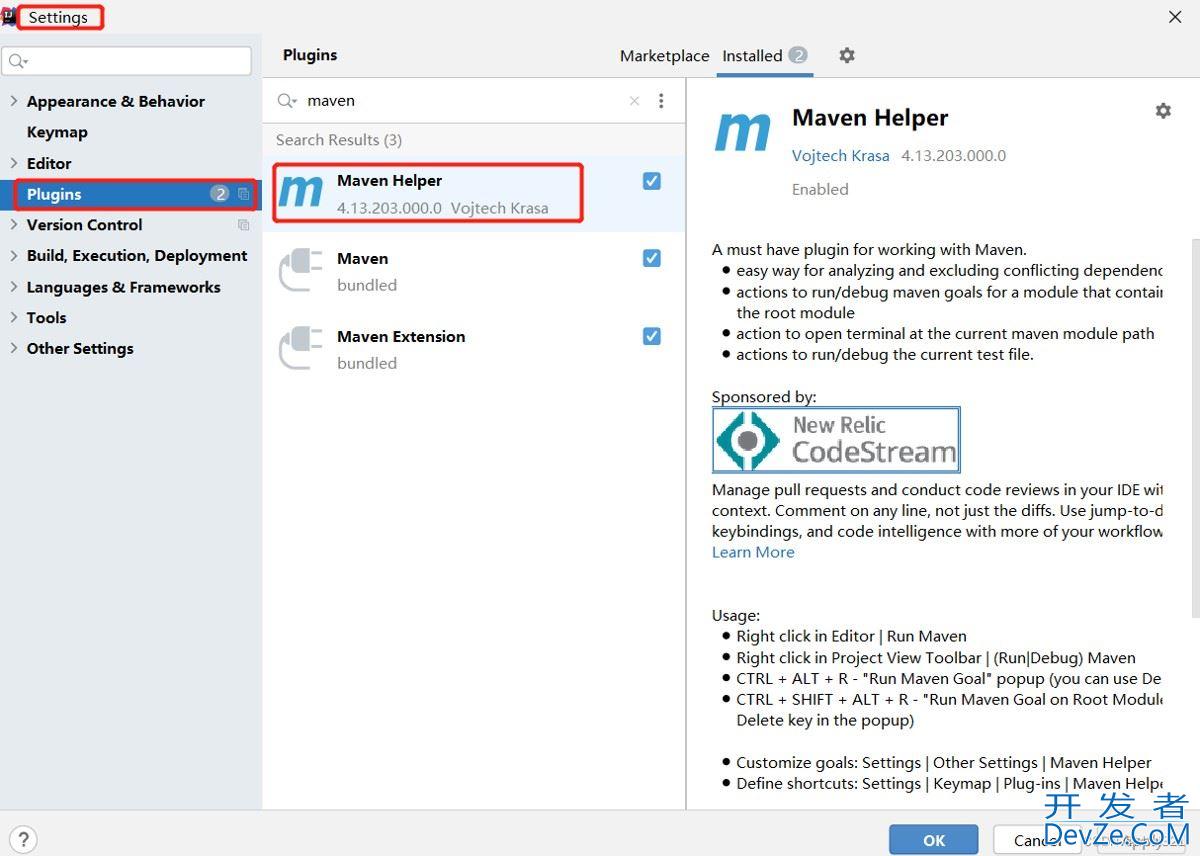
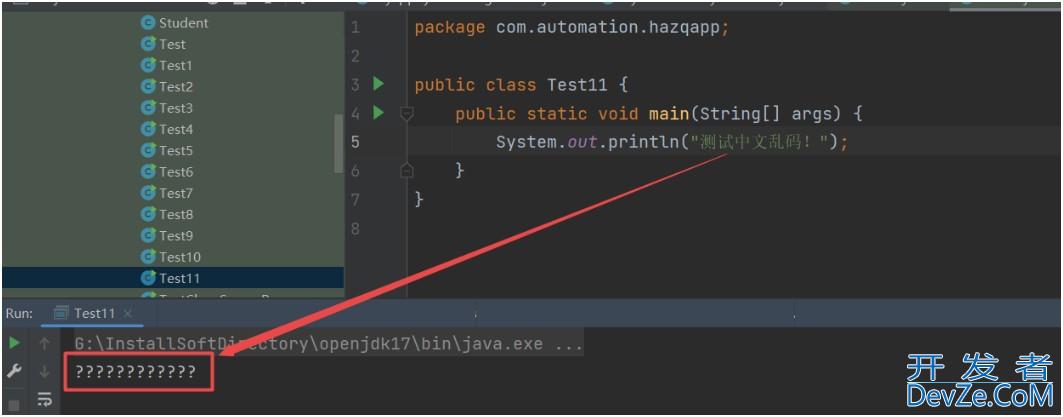
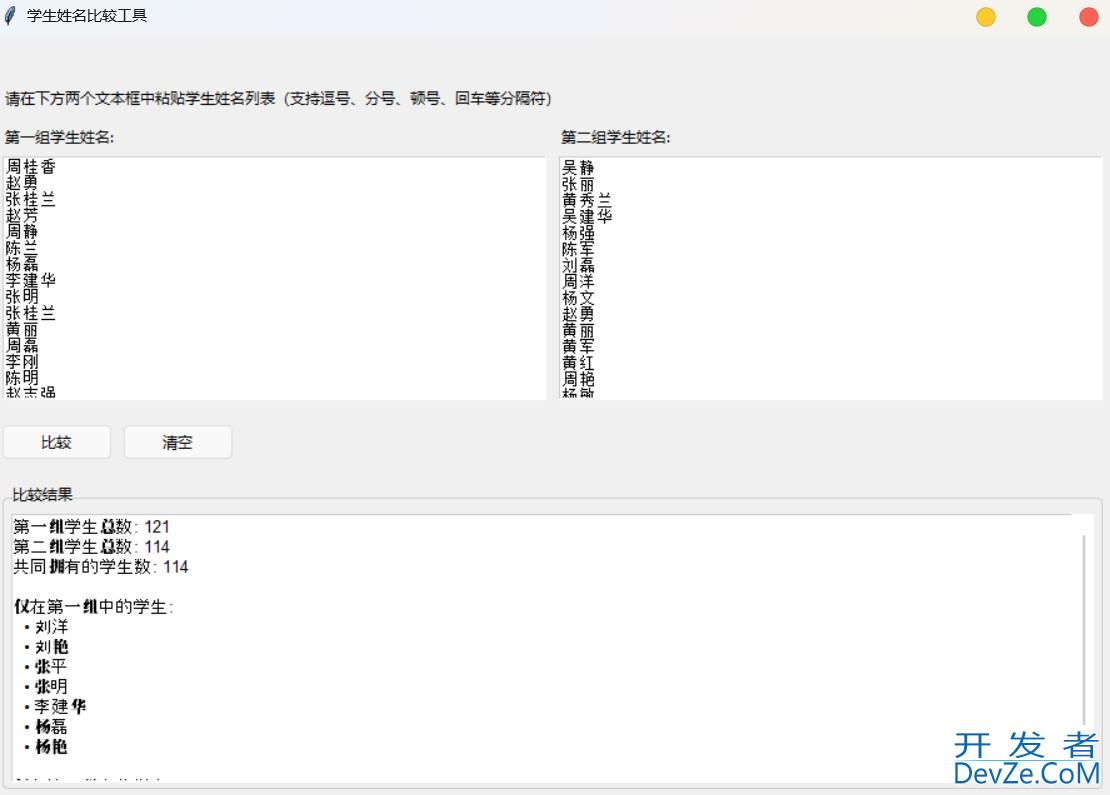
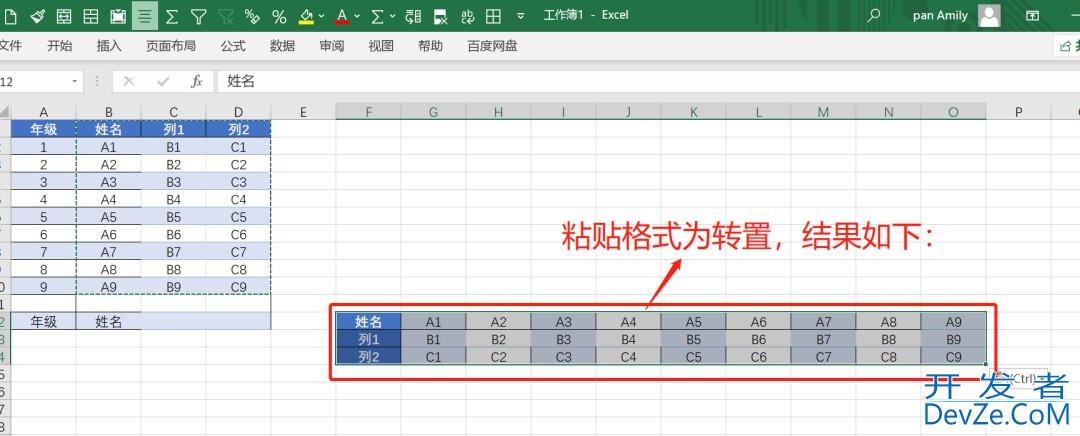
 加载中,请稍侯......
加载中,请稍侯......
精彩评论